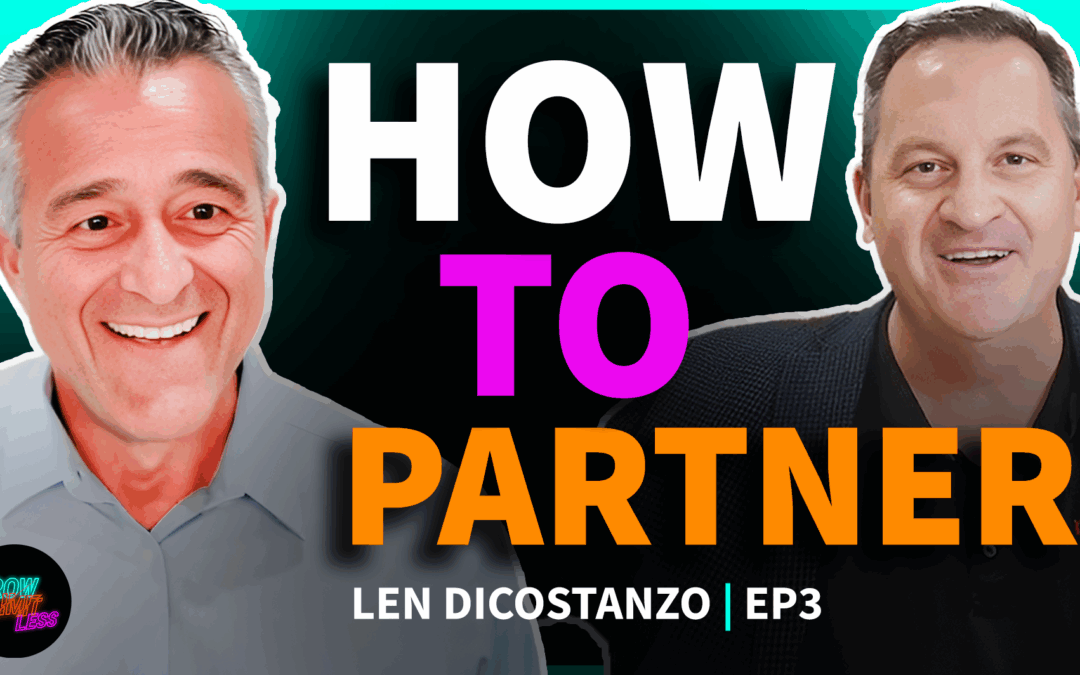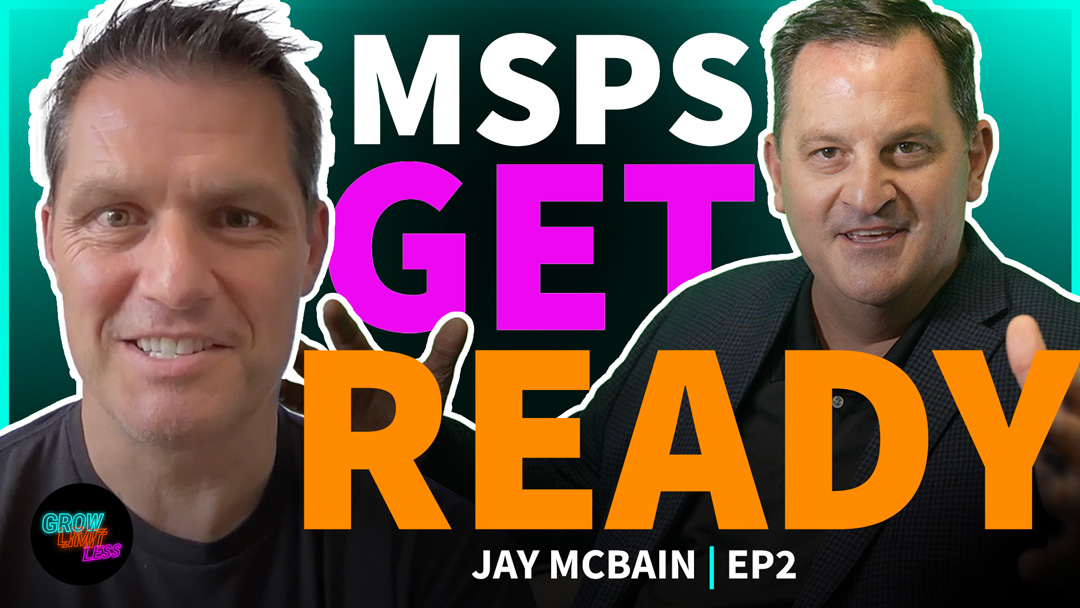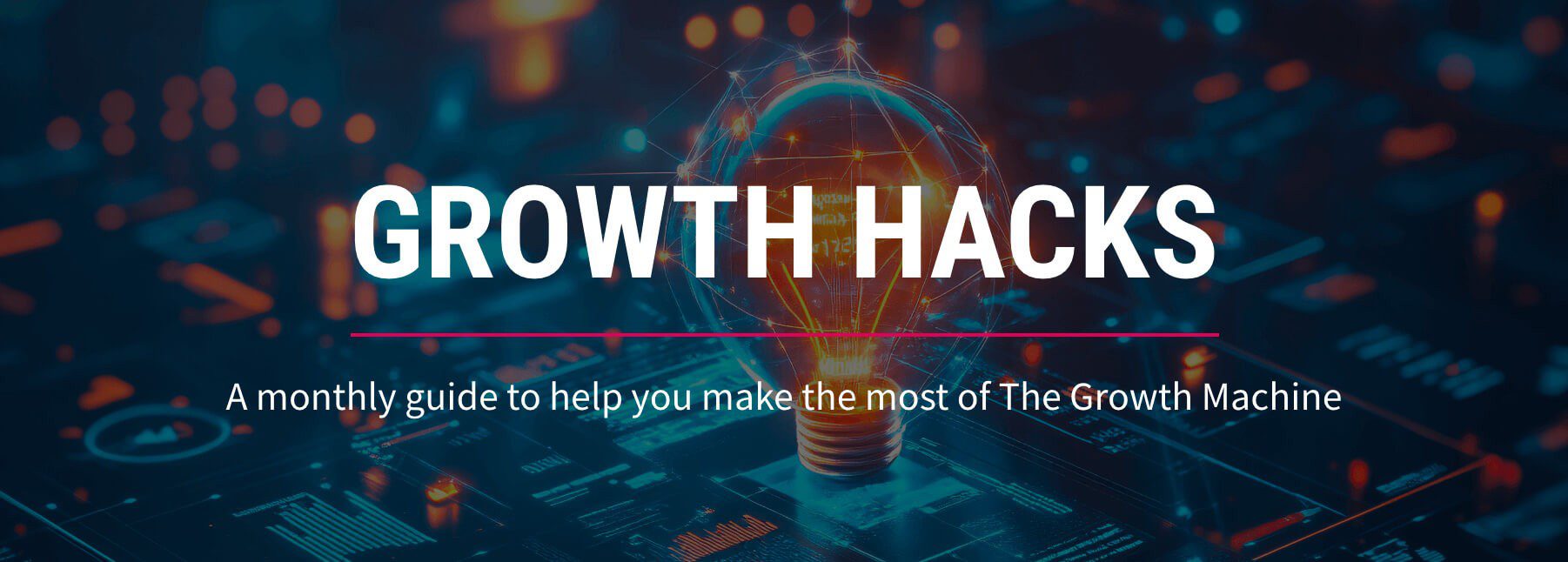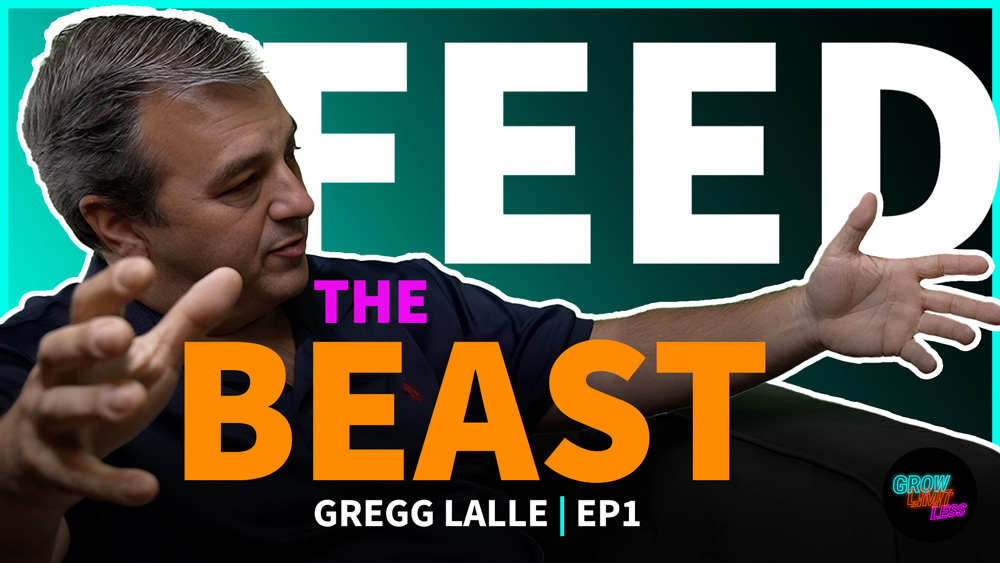How effective is your marketing? A structured MSP content marketing strategy might just be the secret ingredient that sets your MSP apart from the crowd in an increasingly saturated MSP market.
MSP content marketing goes one step further than traditional marketing, because it doesn’t simply promote your products. Instead, you’re actively adding value for your prospective and existing customers, as well as demonstrating your MSPs expertise and credibility in the process. Today, we’ll tell you all about MSP content marketing, where to start, and what’s important to pay attention to.
Our ultimate guide to effective MSP content marketing covers:
- What is MSP content marketing?
- Where to start with content marketing
- Creating a content strategy
- Content production
- Content optimisation for SEO
- Content distribution
- Repurposing content
- Measuring the effectiveness of your MSP marketing
Ready to get started? Let’s dive in!
What is MSP Content Marketing?
Content marketing is a marketing strategy where businesses create relevant content for their prospective customers rather than just focus on promoting their products and services. At the heart of content marketing lies the desire to give their audience valuable information so they can successfully tackle the challenges they’re facing. This information is generally communicated in various media formats—blogs, eBooks, podcasts, webinars, and newsletters are just some examples.
That’s why content marketing is so crucial for MSPs to build brand awareness, establish credibility, generate leads and retain existing customers. In a market that’s increasingly saturated, MSP content marketing is a great opportunity to showcase your expertise, set yourself apart from the competition and show prospective customers why your MSP is the right choice for them.
Where to Start with MSP Content Marketing
When it comes to MSP content marketing, planning your content is just as crucial as the quality of your content. That’s why you need to start by understanding the customers you’re trying to attract as well as their pain points. A marketing exercise that helps at this stage is creating one or multiple buyer personas. A buyer persona is a representation of your ideal customer, and the content you create needs to be aimed at them.
Once you understand your ideal customers, you can start defining what challenges they are facing and what problems they are looking to solve. Now you can tailor your content to effectively address their pain points, which will make it more engaging and help you build brand awareness, attract new prospects, and educate existing customers.
Creating a Content Strategy
You’ve created your buyer personas, you know which pain points and challenges to address with your MSP content marketing, so now it’s time to create a content strategy. This is where you outline which and how much content you’ll produce and publish over a certain time period. We recommend setting a 6- to 12-month content calendar that includes various media formats, such as blogs, case studies, infographics, newsletters, and/or social media.
The format of your content will depend not just on who your target audience is, but also in which stage of the marketing funnel they are in. The marketing funnel consists of awareness, consideration and conversion, and different formats of content work better for different stages of the marketing funnel. You can read our blog about creating your marketing plan to learn more about the marketing funnel and which formats work best at which stage.
Content Production
Now it’s time to start producing your content. When choosing the topics you want to focus on with your MSP content marketing, there are two factors to take into consideration. Number one is topicality. For example, if you know one of your audience’s biggest pain points is cyber security, and there has been a recent public ransomware attack, you can be sure that a blog article highlighting the impact of ransomware and how to protect your business will be very relevant for your audience and get good traction.
The second factor is your service offering. You want to create content that’s centred around areas of your business that you want to attract more customers to or become an authority in. Do you pride yourself in your outstanding Microsoft services or do you want to be the Microsoft MSP? Then show your expertise by creating content centred around Microsoft solutions.
Content Optimisation for SEO
When writing your content, it’s crucial that you keep SEO principles in mind. Otherwise, your content might never be seen by your target audience, no matter how good and relevant it is. Some of the basic points to keep in mind are:
- Keyword research — Once you know which topic you want to focus on, use a tool such as Google Keyword Planner, Semrush or Ahrefs to find the right keywords to target with your content. These tools can help you identify relevant search terms and phrases and choose the right ones to target based on search volume and ranking difficulty.
- Meta tags and headings — Your meta tags are the first point of contact with visitors that find your content on search engines. You want to ensure that your meta title and description are clear, succinct, and make them want to click through to your page to learn more. There are several best practices around meta optimisation.
- Internal linking — If you want your content to rank, you need links. Internal linking doesn’t simply make life easier for your audience by linking to relevant pages with CTAs and in-text hyperlinks, but it also is a positive sign for Google, giving it a better idea of your website hierarchy and boosting your SEO score.
Reviewing your website content for SEO principles will enable you to rank higher, meaning more people will be able to easily find your content. The good news is that there are several tools available that will help you optimise your content and improve your marketing success.
Content Distribution
You’re operating in a highly competitive market, so your MSP content marketing should only be a part of a wider marketing strategy to help you attract and retain customers. High quality and valuable content will help you stand out and is a great vehicle for establishing presence in the space, and there are various distribution methods for the content you’re creating.
Your social media accounts are a great place to start. Regularly posting about your latest content (I.e., blog posts or eBooks) is not only free of charge but also a great way to start build a strong social media presence. For MSPs, LinkedIn is a great platform to connect and build brand awareness. In fact, research shows that 80% of B2B leads come from LinkedIn.
Paid social media is another way to effectively get your content in front of a high number of relevant people thanks to its targeting opportunities. If you don’t have a large social media audience yet, paid social media is a great way to quickly see results.
Email is also a good tool to distribute your content. You can send regular newsletters about your latest content and company updates, you can divide your database into existing customers and prospects to better target your emails, and you can even benefit from automation. For example, when a prospect has engaged with a certain content piece, you can trigger an automated email that will send another content piece that they might find equally beneficial.
Repurposing Content
Not every piece of content you create has to be 100% original. Repurposing content is not only a great way to engage your audience, it also will be very efficient in terms of time and effort for you. For example, if you’ve written an eBook on cyber security trends, you can create smaller infographics that each cover a key section of the book. Or similarly, you can create a couple of blogs that deep dive into specific elements of your eBook with a prompt at the end to learn more by downloading the full content piece. This is a great way to expand the lifespan and reach of your content, and it also increases the likelihood of engagement for your audience, as people like to consume content in different ways.
Measuring The Effectiveness of Your MSP Content Marketing
Once you’ve got your MSP content marketing strategy up and running, how do you know if you’re successful? The key is to set measurable goals of what you want to achieve with your marketing in the first place. Examples of SMART (Specific, Measurable, Achievable, Relevant, and Time-Bound) goals include increasing your website traffic by X% month-on-month, regularly generating 1 organic lead per month in 6 months or doubling your ranking keywords in Google by the end of the year. Your goals for your MSP content marketing should align with the overall business objectives you’re trying to achieve. For example, if your business goal is revenue growth, it would make sense for your marketing to target increased traffic and number of MQLs.
Start Your MSP Content Marketing on The Right Foot
Implementing an MSP Content Marketing strategy is a great way to drive growth and establish yourself as a through leader in the industry. But we understand that starting on your content marketing journey can be a daunting task if you haven’t had any or little previous experience with this form of marketing.
At Marketopia, we have a wealth of experience with supporting MSPs on their marketing journeys. Let us help you with the challenge of creating engaging content—our skilled copywriters and content strategists are happy to work with you to find the right strategy for your unique business. Sound good? Reach out to our team today or click below to learn more about how we can help you!







